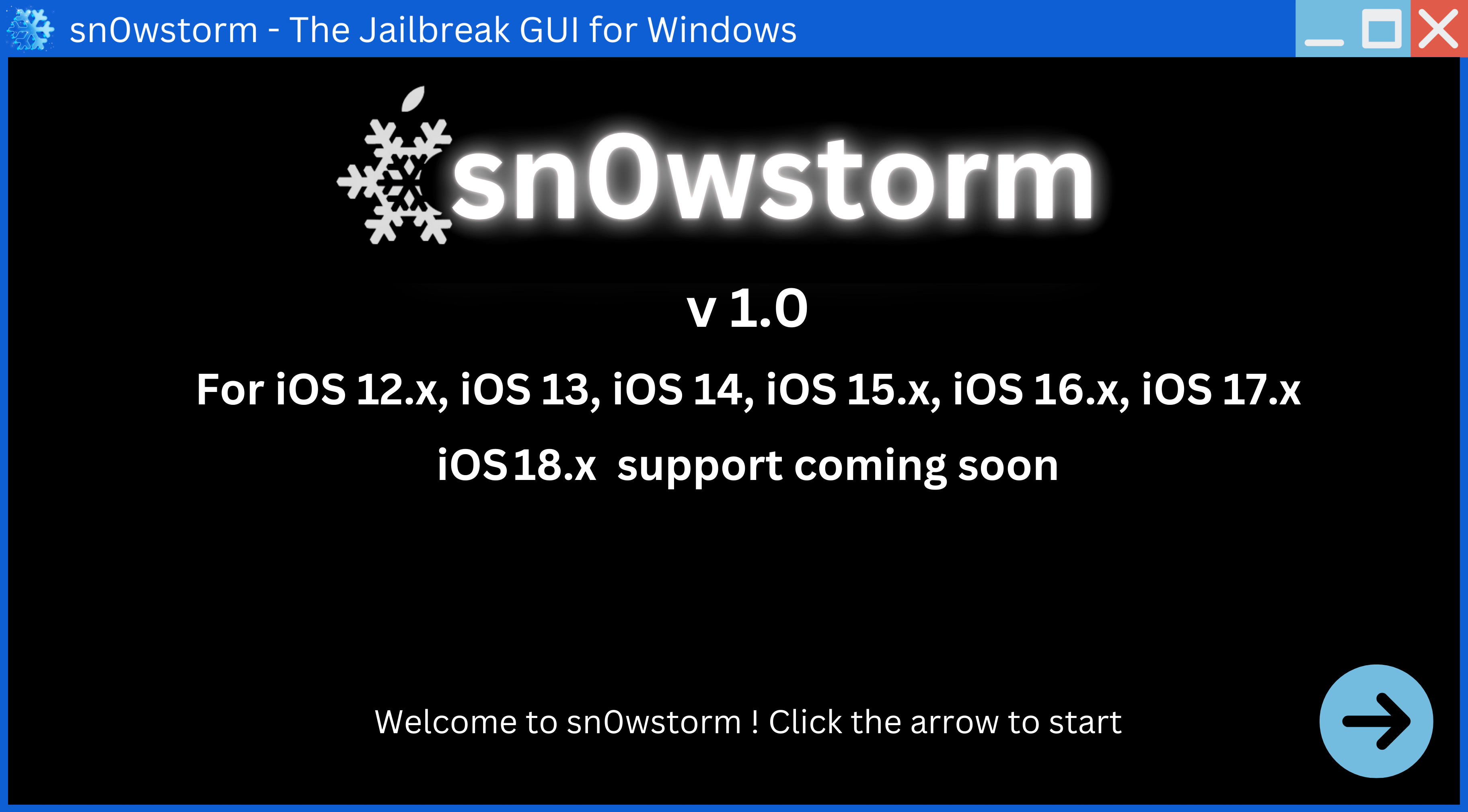Can Jailbreak Be Detected?
The world of mobile devices is a fascinating one, particularly when it comes to the ongoing battle between security measures and the desire for user customization. At the heart of this conflict lies the concept of "jailbreaking." For those unfamiliar, jailbreaking refers to bypassing the restrictions imposed by a device's manufacturer, typically Apple's iOS, to gain greater control over the operating system. This allows users to install unauthorized apps, customize the interface in ways not normally allowed, and even modify system files. But a pressing question lingers for those considering or having already jailbroken their devices: Can jailbreak be detected?
Understanding Jailbreak Detection Methods
The answer, unfortunately, is not a simple yes or no. The detectability of a jailbreak hinges on several factors, including the sophistication of the detection methods employed and the user's efforts to conceal the jailbreak.
Here are some common ways jailbreak can be detected:
1. Presence of Jailbreak Files and Software
The most straightforward detection method involves scanning the device for files and software commonly associated with jailbreaking tools. These might include:
- Cydia: A popular third-party app store for jailbroken devices.
- unc0ver & checkra1n: Common jailbreaking tools.
- Suspect File System Changes: Modifications to system directories or permissions often accompany a jailbreak.
2. Sandbox Integrity Checks
Operating systems like iOS employ sandboxing, a security feature that restricts apps from accessing data and resources outside their designated area. Jailbreaking often compromises the sandbox, allowing apps to operate outside their intended boundaries. Detection mechanisms can identify such anomalies, raising red flags.
3. Behavioral Analysis
Some detection methods rely on analyzing device behavior rather than searching for specific files. If an app starts behaving in a way it shouldn't—for instance, accessing restricted system resources—it could trigger a warning.
The Cat-and-Mouse Game of Detection and Evasion
Jailbreak detection is not a foolproof system. Just as developers create detection mechanisms, others work on circumventing them. This leads to a constant cat-and-mouse game where new jailbreak methods are devised, followed by updated detection techniques.
Jailbreak detection is most commonly employed by:
- App Developers: Certain apps, especially banking and financial apps, are designed to block access from jailbroken devices due to security concerns.
- Enterprise Environments: Companies may restrict access to internal networks or resources from jailbroken devices to mitigate potential security risks.
Protecting Yourself: Jailbreak Detection Avoidance
If you're concerned about jailbreak detection, several strategies can help minimize the risk:
- Use a reputable jailbreak tool: Opt for well-established tools known for their stability and security features.
- Keep your jailbreak software updated: Developers often release updates to patch vulnerabilities and address detection methods.
- Install a jailbreak detection bypass tweak: These tweaks aim to mask the presence of a jailbreak from detection mechanisms.
- Exercise caution with app installations: Avoid downloading apps from untrusted sources, as they might compromise your device's security.
Weighing the Risks and Benefits
The decision to jailbreak a device is a personal one with potential risks and rewards. While jailbreaking offers increased customization and control, it also introduces security vulnerabilities and can void your device's warranty. Understanding the methods used to detect jailbreaks and the strategies to mitigate those risks is crucial for anyone considering this path.
Remember, the landscape of jailbreak detection is constantly evolving. Staying informed and exercising caution are paramount for a safe and enjoyable jailbroken experience.


 Windows
Windows MacOS
MacOS Linux
Linux